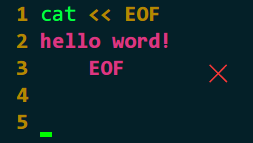

It also showed that this group of variations are monophyletic, meaning they share a common ancestor not shared by other groups. lybica were all very closely related to a common ancestor. In each study Bayesian, maximum likelihood, and parsimony maximum likelihood trees all produced identical results. Phylogenetic trees were generated based on mitochondrial DNA analysis.Ī European wildcat, one of the possible ancestors of the modern domestic cat Along with DNA analysis, phylogenetic studies were also conducted to narrow down the evolutionary history. lybica included domesticated cats and that wild cats from this group are almost indistinguishable from domesticated cats. Felis silvestris cafra (Southern Africa).Felis silvestris ornata (Central Asia).A 2007 study of feline mitochondrial DNA and microsatellites of approximately 1,000 cats from many different regions (including Africa, Azerbaijan, Kazakhstan, Mongolia, and the Middle East) showed 5 genetic lineages of the wildcat population.

Archaeological evidence has documented earlier dates of domestication than formerly believed.Ĭurrent taxonomy tends to treat F. Recent DNA studies, advancement in genetic technologies, and a better understanding of DNA and genetics as a whole has helped make discoveries in the evolutionary history of the domestic cat. These variations of wildcat can and will interbreed freely with one another when in close contact, further blurring the lines between taxa. More complications arose from the fact that the wildcat population as a whole is very widespread and very similar to one another. Scientists believed that it was not just one incident that led to the domesticated cat but multiple, independent incidents at different places that led to these breeds. Variations of this lineage are found all over the world, and until recently scientists have had a hard time pinning down exactly which region gave rise to modern domestic cat breeds. A number of investigations have shown that all domestic varieties of cats come from a single species of the Felis lineage, Felis catus. The domestic cat is a member of the Felis lineage. This family is divided into eight major phylogenetic lineages. The family Felidae, to which all living feline species belong, arose about ten to eleven million years ago. The domestic cat originated from Near-Eastern and Egyptian populations of the African wildcat, Felis sylvestris lybica. Evolutionary origins of domesticated cats An example of a domesticated, indoor cat from the American state of Wisconsin.


 0 kommentar(er)
0 kommentar(er)
